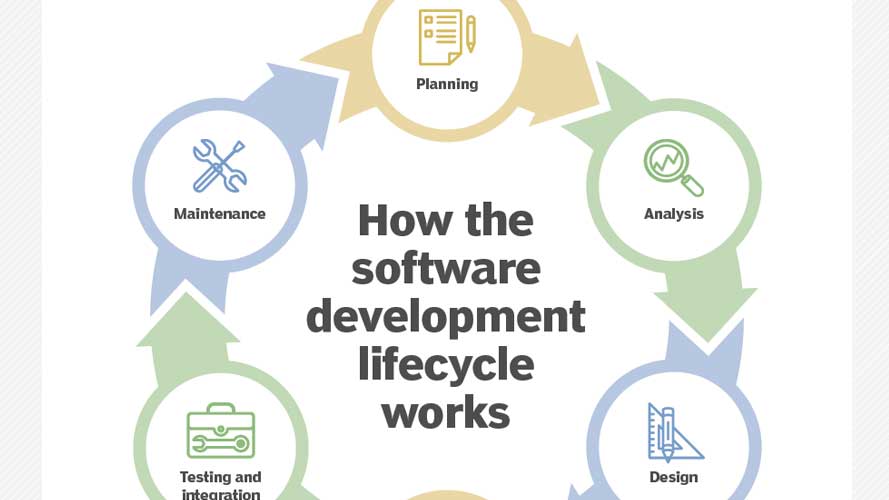The software development lifecycle is a framework that project managers use to describe the stages and tasks associated with designing software. The first steps in the design lifecycle are planning the effort, then analyzing the needs of the individuals who will use the software and creating detailed requirements. After the initial requirements analysis, the design phase aims to specify how to fulfill those user requirements.
The next is step is implementation, where development work is completed, and then software testing happens. The maintenance phase involves any tasks required to keep the system running.
Software design includes a description of the structure of the software that will be implemented, data models, interfaces between system components and potentially the algorithms the software engineer will use.
The software design process transforms user requirements into a form that computer programmers can use to do the software coding and implementation. Software engineers develop the software design iteratively, adding detail and correcting the design as they develop it.

